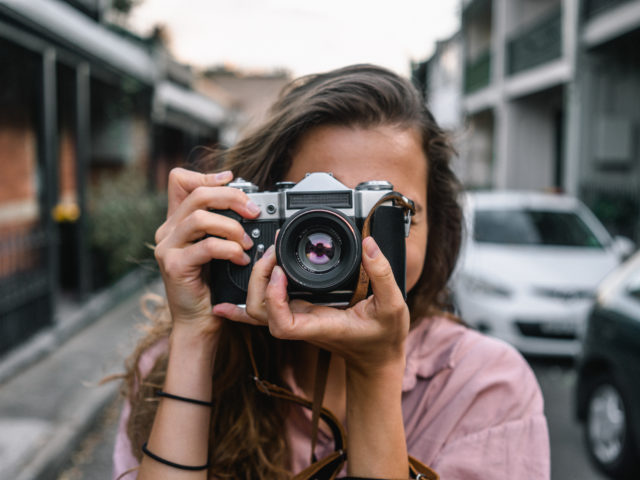Airborne photography is as difficult as it obtains for the expert photographer. Numerous choices need to be made to obtain amazing results, every little thing from kind of aircraft to subject as well as time of day. Synergy is likewise needed as the photographer and also pilot have to connect well in order for the photographer to obtain the desired photos. This post covers airborne photography systems with a percentage of digital photography technological information. Part 2 will certainly cover the technical and artistic side of airborne job.
While airborne digital photography has actually been accomplished with every little thing from hot air balloons to space shuttles for most of us we are a little minimal in the resources we have offered. I have actually made use of helicopters, dealt with wing aircraft and ultralights for my work and also I’ll cover these in a little bit a lot more detail in my individual order of preference.
Drones:
Airborne photography from helicopters is likely the easiest system to function from under the majority of scenarios. When utilized particularly for photography most pilots will permit the elimination of a door leaving a huge practical shooting location available. This can be really advantages as you can literally pan the camera to keep the subject within the frame while still taking a trip in a direct instructions. Helicopters additionally have really excellent turning features so you will discover that there is much less lost time as you return to fire from a various elevation or angle.

There are a few disadvantages to capturing from helicopters nevertheless. Firstly is the large expenditure, quickly $500 per hr or so for a Robinson R22 to $1,500 or more for a big jet. It’s very remarkable how much you can shoot in a couple of hours however the bank card can take a success after you land. Do you need a jet helicopter for a lot of usages? I have made use of both the smaller Robinson’s and also big jet helicopters and also have actually had excellent outcomes with both.
Some will argue that the bigger helicopters are a little much safer yet I’ll leave that as much as the professionals. Jet helicopters are dramatically faster so if you are taking a trip big distances they can have a benefit. Second of all, resonances can be a concern depending upon a variety of factors. My experience has been that a good pilot can often hit a “wonderful spot” where the helicopter resolves right into a somewhat smooth forward motion. This generally is not while you float, onward motion plays a part. Click on this link to look at more info on photography.
Helicopter photography from a technical perspective can be both an obstacle and an electrifying experience. If you can’t get rid of the doors use dark apparel and make sure to have a lens color set up. A lot of the windows are Plexiglas and often tend to have scratches so you will probably intend to shoot rather wide open to limit the depth of field. Home window tint may additionally be a trouble although this can normally be cleaned up in Photoshop or some other editor. I recommend shooting RAW for this reason.
Whatever you do, do not position any type of part of your body or electronic camera versus the sides of the helicopter as the resonance will certainly transfer over to the cam as well as create unsharp images. Life is easier without doors but know the disturbance if you lean out a little as well much. The buffeting can be fairly solid. All equipment as well as other equipment needs to be firmly fastened to your body or a harness, you don’t want to think of what might occur if you go down a lens or electronic camera out the door!
I go as far as taping the lens hood to the lens as a safety and security precaution as I’m sure the tail blades would certainly make quick job of a shed lens color, potentially with bad consequences. If in all possible use a few various video cameras so you can keep changing lenses and sd card to a minimum.
I attempt to keep my shutter speeds around 1/1000 or faster if whatsoever possible however have actually had affordable success around 1/500. If this indicates raising the ISO as the light fades I do this in preference to having rather blurred photos. This need to enable an aperture of regarding f5.6 in many situations although as the light fades you could be considering f2.8 or so, a great reason to have rapid lenses.
